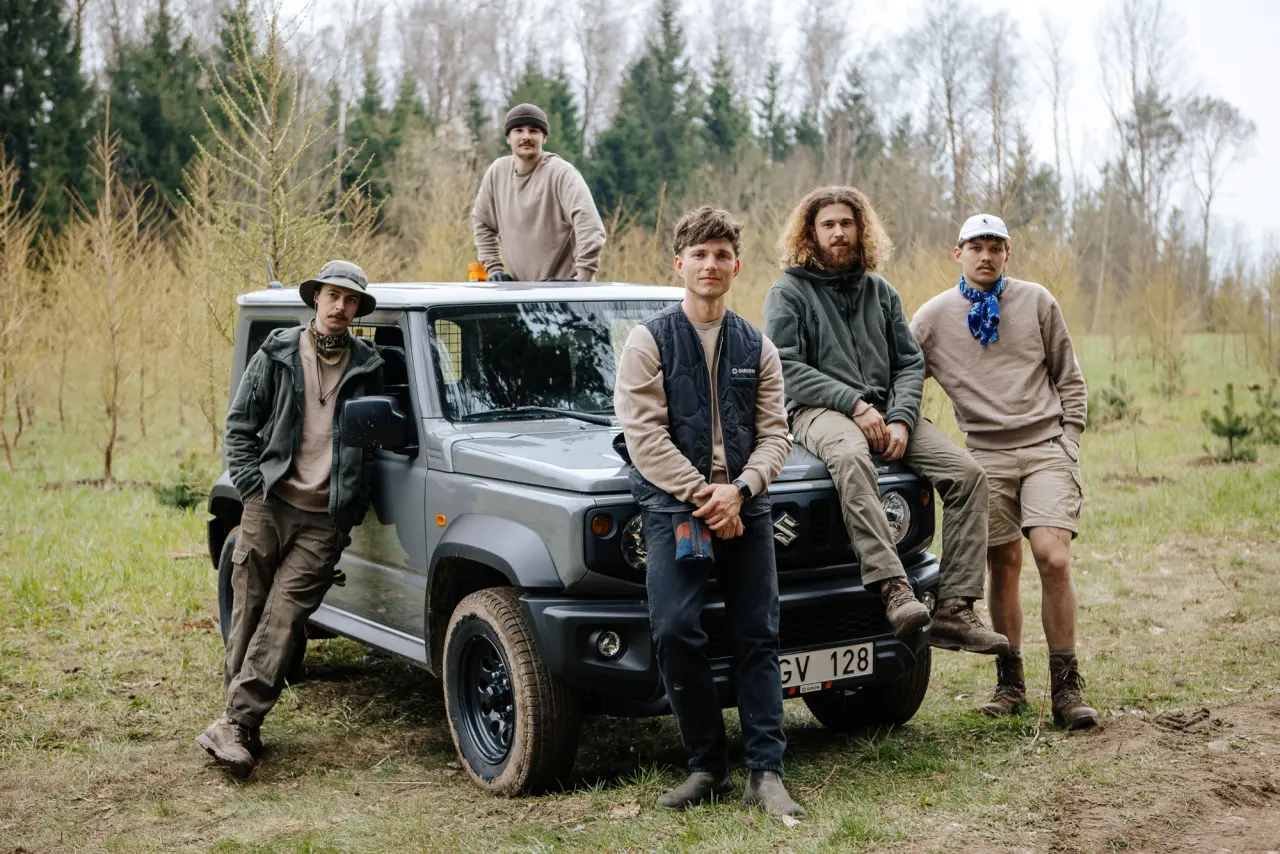Welcome to PVcase Forest — how PVcasers make the world greener


PVcase invites its employees to physically contribute to lungs of the planet. A few times per year PVcasers put on their work clothes and head to the PVcase-purchased land area close to Kaunas to plant the trees.
How did the initiative start?
PVcase Forest is a joint venture of PVcase and Girion, a landscape and forestry company. Girion has been established by a few foresters who use innovative methods to maintain the environment, including natural landscape development, cultivation of local species, and soil maintenance. Rokas Laukineitis, the founder of Girion, explained that the project started when David Trainavicius, PVcase CEO and Rokas’ neighbor, conceived a concept of planting one tree for each PVcase license sold. PVcase approached Girion about the idea, and Girion helped to develop the concept.
To find the right location, they searched for agricultural land without trees near Kaunas, where PVcase is headquartered. They eventually found a proper location and started preparing the land and plans to transform it into the forest. The first planting was a trial run, where they planted only a few trees. They enjoyed the experience and decided to invite other PVcasers to participate in a collective planting the following spring. Such tree plantings have become the company’s tradition and a nice occasion for team gatherings complemented with drinks and food trucks. A few that happened so far proved to be a success illustrated by the rapid increase of trees in the area.

What is special about PVcase Forest?
The PVcase Forest project is both a forest and a forest park, with careful consideration given to the species and necessary gaps between trees to ensure they do not have to be removed in the future.
At the moment PVcase Forests consists of two hectares of agriculture land and iver a half hectare of forest land. The newly established forest location is surrounded by middle-aged forests, but it was previously an agricultural land producing monoculture crops. Rokas explained that the team selects tree species based on the micro-segments of the location, with the main resources being local tree species such oak, birch or linden. There are also a few non-native tree species that were introduced in Lithuania centuries ago (e.g. larch, and beech).
The number of planted trees depends on the company's success. The only limit is the size of available land. However, Girion also works on connecting a third land plot, which would allow them to additionally plant up to 2000 trees.
Rokas also emphasized the impact of climate change on tree growth and how certain tree species are now better suited to the changing climate conditions. He also stressed the importance of mixed forests with both broadleafs and conifers to ensure resilience in the face of environmental changes. Moreover, the climate fluctuations created conditions for some non-local tree species to successfully adapt to the Lithuanian climate.

The future of the project
PVcase Forest project also aims to create a natural environment for team buildings and personal development. The initiative is unique because it focuses on planting larger trees and transforming the environment more quickly than naturally.
There are also plans to introduce a forest path to make it easier to walk around the planted space and explore the natural environment. It is indeed both a playful and smart way of taking action to address the impacts of climate change and create a more sustainable future.
So now PVcasers have the ability not only to build a brighter future by developing smart digital solar engineering solutions, but also to make the world greener in a literal sense of the word. Moreover, PVcase also supports agrivoltaic projects that use the same land to generate electricity and support agriculture. You can read about it more in these release notes.
If this is something that speaks to you, join our team now.